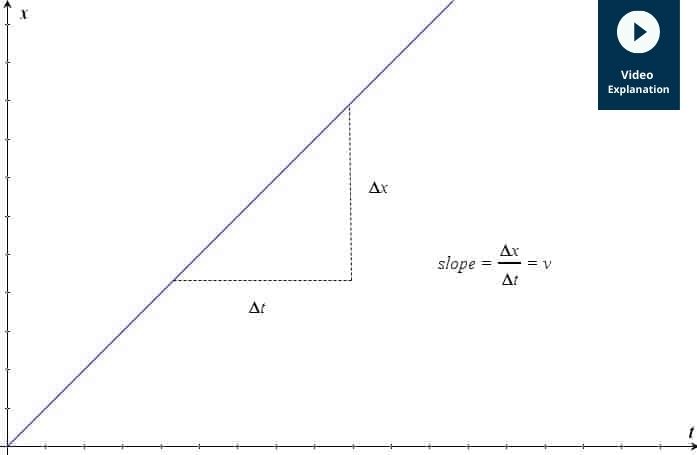No products in the cart.
Geometry
Geometry is, with arithmetic, one of the oldest branches of mathematics. It is concerned with properties of space that are related with distance, shape, size, and relative position of figures. A mathematician who works in the field of geometry is called a geometer.
Main concepts
The following are some of the most important concepts in geometry.
- Axioms
Euclid introduced certain axioms, or postulates, expressing primary or self-evident properties of points, lines, and planes. He proceeded to rigorously deduce other properties by mathematical reasoning. The characteristic feature of Euclid’s approach to geometry was its rigor, and it has come to be known as axiomatic or synthetic geometry.
-
Points
Points are generally considered fundamental objects for building geometry. They may be defined by the properties that thay must have, as in Euclid’s definition as “that which has no part”, or in synthetic geometry. In modern mathematics, they are generally defined as elements of a set called space, which is itself axiomatically defined.
-
Lines
Euclid described a line as “breadthless length” which “lies equally with respect to the points on itself”. In modern mathematics, given the multitude of geometries, the concept of a line is closely tied to the way the geometry is described. For instance, in analytic geometry, a line in the plane is often defined as the set of points whose coordinates satisfy a given linear equation, but in a more abstract setting, such as incidence geometry, a line may be an independent object, distinct from the set of points which lie on it. In differential geometry, a geodesic is a generalization of the notion of a line to curved spaces.
-
Planes
In Euclidean geometry a plane is a flat, two-dimensional surface that extends infinitely; the definitions for other types of geometries are generalizations of that. Planes are used in many areas of geometry. For instance, planes can be studied as a topological surface without reference to distances or angles; it can be studied as an affine space, where collinearity and ratios can be studied but not distances; it can be studied as the complex plane using techniques of complex analysis; and so on.
-
Angles
Euclid defines a plane angle as the inclination to each other, in a plane, of two lines which meet each other, and do not lie straight with respect to each other. In modern terms, an angle is the figure formed by two rays, called the sides of the angle, sharing a common endpoint, called the vertex of the angle.
-
Curves
A curve is a 1-dimensional object that may be straight (like a line) or not; curves in 2-dimensional space are called plane curves and those in 3-dimensional space are called space curves.
-
Surfaces
A surface is a two-dimensional object, such as a sphere or paraboloid. In differential geometry and topology, surfaces are described by two-dimensional ‘patches’ (or neighborhoods) that are assembled by diffeomorphisms or homeomorphisms, respectively. In algebraic geometry, surfaces are described by polynomial equations.
-
Length, area, and volume
Area and volume can be defined as fundamental quantities separate from length, or they can be described and calculated in terms of lengths in a plane or 3-dimensional space.Mathematicians have found many explicit formulas for area and formulas for volume of various geometric objects. In calculus, area and volume can be defined in terms of integrals, such as the Riemann integral or the Lebesgue integral.
For more such videos : https://www.youtube.com/c/ExperiHub?sub_confirmation=1
For more Science related blogs and videos : https://experihub.com/did-you-know/


